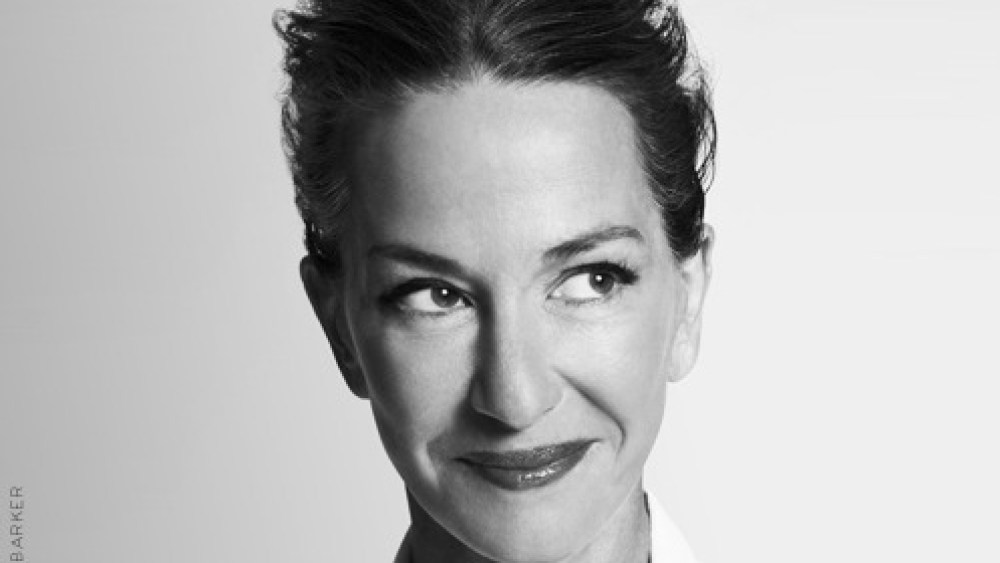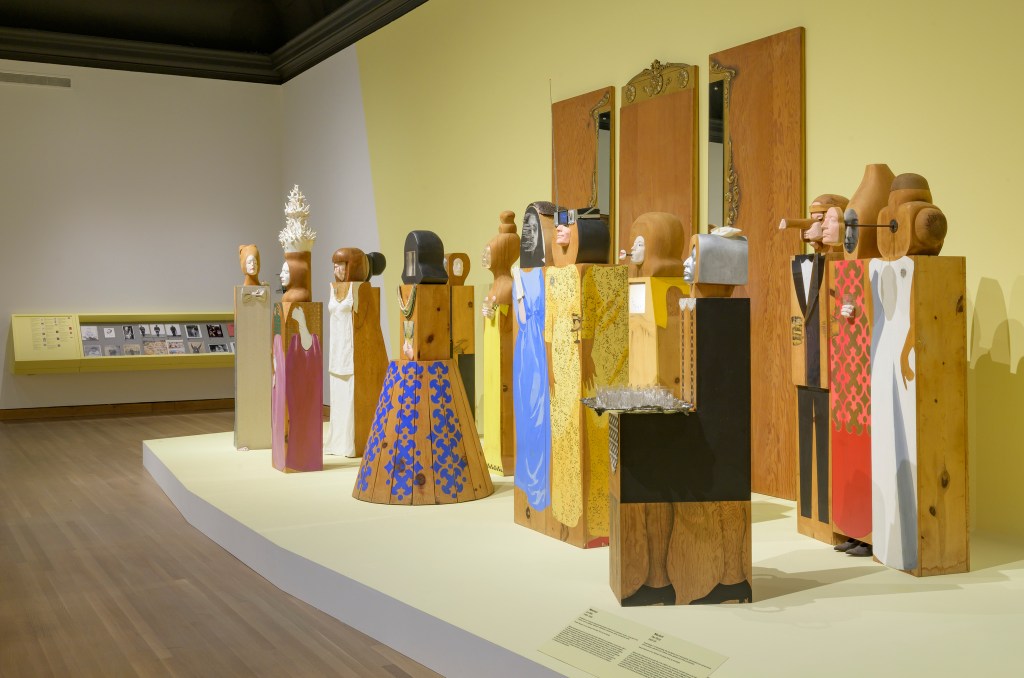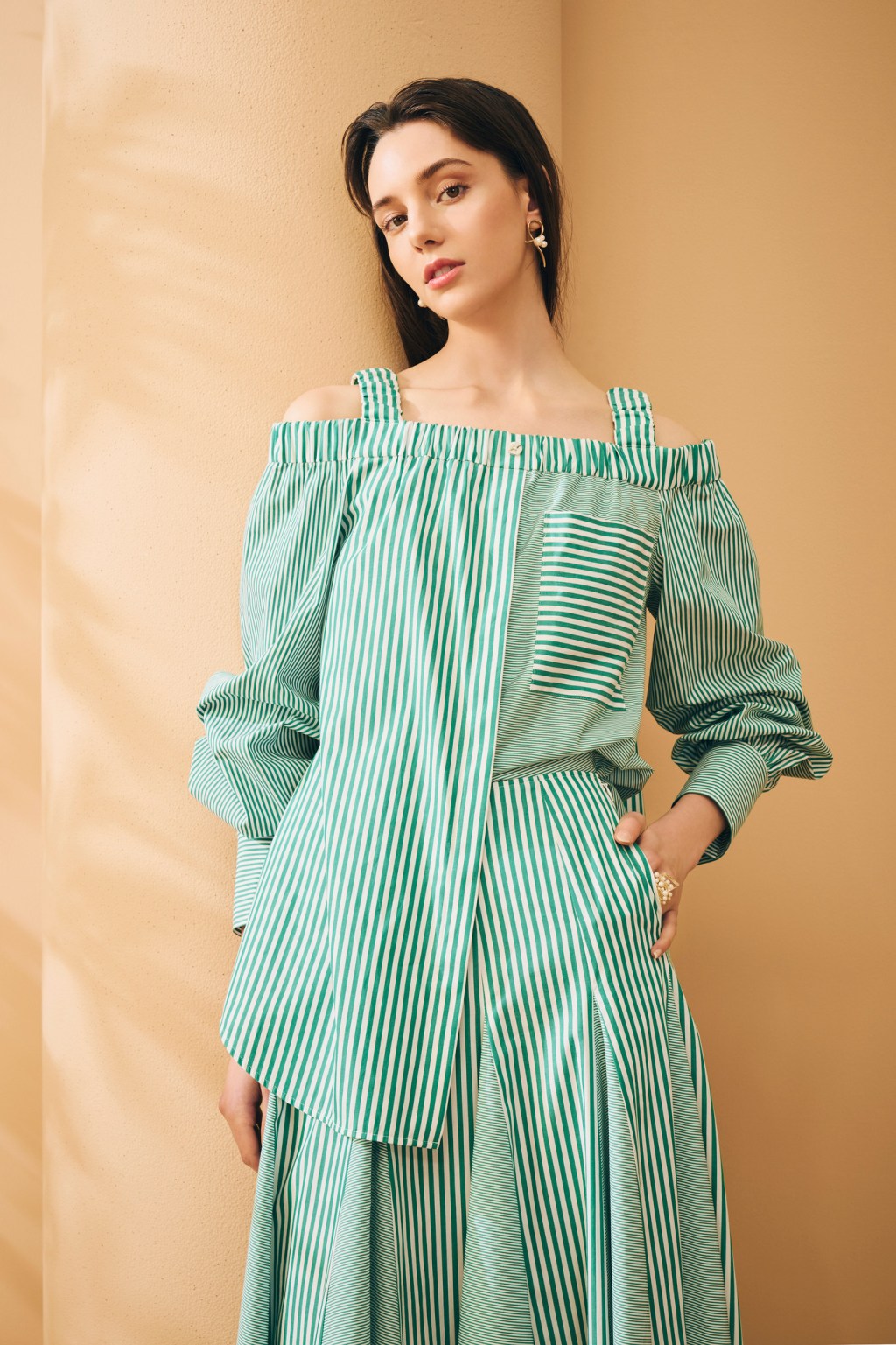No one was more surprised that Cynthia Rowley to hear that she will be awarded the Founder’s Award at the CFDA Fashion Awards on Nov. 3.
“Until I’m standing in that room on that stage, it probably won’t feel real. It feels crazy to me,” said the 57-year-old Rowley, in a telephone interview. When Steven Kolb, chief executive officer of the CFDA, called to tell her the news she was on a fashion shoot on a blazing hot day, and she thought to herself, “‘Why is Steven calling me? Did I forget to pay my dues?’ It was a crazy, really shocking phone call.”
Despite it being a career achievement award, Rowley feels she’s still got a lot more to accomplish.
You May Also Like
“It feels like it’s a cap of my career, but it’s really not. The Founder’s Award is really meant to hopefully inspire other designers to get out and do it. It is not, by my perspective, any kind of slowing down. I’m literally working 10 hours a day still, all the time,” said Rowley.
The Founder’s Award in honor of Eleanor Lambert recognizes individuals for their significant contributions and lasting influence on American fashion. Since founding her label in the 1980s, Rowley has built a brand that spans ready-to-wear, surf and swim, accessories and home goods, while staging runway shows that often double as performance art.
Previous Founder’s Award winners have been Hamish Bowles, Andrew Bolton, Carolina Herrera, and Oscar de la Renta.
Asked if she ever felt as a young girl growing up in Barrington, Ill., that she’d receive this type of recognition, she said, “No, I mean I drove here in a U-Haul, and I told myself, ‘if I just last six months at last, I can say I tried.’
“All I do is try. I just keep going because I can,” said the designer.
She was encouraged to move to New York by the late Michael Coady (former editor in chief of WWD), whom she met in Chicago. “Michael saw my work in Chicago and said I should move to New York City, and that was all I needed to pack my U-Haul and start my business. He encouraged and supported me in the early years, and WWD was the first to write about my collection,” she said.
Rowley graduated with a BFA from The Art Institute of Chicago, where she initially studied painting but switched to fashion design because she didn’t think she would like the solitude of a painter’s life.
She has been self-financed throughout her entire career. “I think it’s crazy that we’re an independent brand. Thus far, I’ve been an independent brand because I never wanted someone to pull the plug on my dreams. I’ve always been just doing it myself. But who knows?” she said.

Is she in talks with someone?
“Who knows, isn’t everybody talking to everyone?” asked Rowley, declining to elaborate.
Asked if she would ever consider selling her intellectual property to a group like WHP Global or Authentic Brands Group, she said, “We’re talking to lots of people about lots of things. It’s an exciting time for us.”
Rowley doesn’t recall any particular turning points that changed the trajectory of her career. She said she never admits to how long she’s been in business either.
“It’s not really about the years, it’s about the work,” said Rowley.
She said she never really went into business. She was just making things and people were buying things. “I never said I would get an accountant and a lawyer, and start this baby,” she said. It was just organic and it evolved.
Rowley designs, makes and ships every day. “It’s a crazy rat race but it makes it really fun and really exciting, and really experimental. It’s fun to see what’s working and not fun to see what’s not working. But sometimes it’s like, ‘Oh, I knew that wasn’t going to be good.’ But you have to keep trying and pushing the boundaries,” said Rowley.
Rowley said direct-to-consumer (brick-and-mortar and web) is 70 percent of the business, and the balance is licensing and wholesale. She currently has seven freestanding stores with two more (including one in Nashville) to open by yearend. She also sells retailers such as Saks Fifth Avenue, Nordstrom, Farfetch, and Bloomingdale’s.
Since the pandemic, Rowley’s online business has really taken off. The brand has new product launching every week, so there’s constant newness on the site and in stores. “That way we’re selling out at full price, more than you have to look into your crystal ball and say, ‘this is what I think is going to happen in six months.’ We’re turning new product every four to six weeks. So a lot of it is either full replenishment, or we’re reimagining a bestseller and putting it into work.
“And I think it’s also a little bit like you remove the filter so it’s truly what we know our audience wants, and our audience is so crazy, intergenerational. It’s really fun to think about this whole range of ages,” she added.
So who does she think about when she designs the line?
“I just think about what’s relevant. I think about what I love and I’m a very curious person. I spend a lot of time looking at art and being out and about, and I like hanging out with all different ages. And you know, I live with my two [grown] daughters, which is kind of crazy and fun. I’ve worked with the same team for 20-plus years, and I think we have a really strong DNA and a really strong brand identity,” said Rowley.
Because the team has been working together for so long, it “enables us to experiment in a way that feels less risky and safe at the same time,” she said.
When asked to describe her aesthetic, she likes to say that their mantra is “Pretty Meets Sporty.” “It’s evolved. It used to probably be more colorful, more print-driven, now it’s a little bit less. I say, ‘just don’t call me whimsical.’”
Asked what she considers her most successful endeavor to date, again she said it’s not one thing. “I think it’s the combination of plate spinning. It’s having a lot of things going on all at once. And having a lot of different categories and introducing a lot of unexpected things, which have all added up to make the brand what it is. People were scratching their heads when I was making wetsuits. It just seemed natural to me and it became a whole thing. Making [American surfer] Garrett McNamara’s survival suits for the 100-foot wave is like crazy,” she said.
Rowley said they have several collaborations happening, including one with Pottery Barn for tabletop. They’re doing their own footwear, which is a new category for them, and they do their own handbags.
“A lot of things, such as wetsuits, were introduced as a license, and we brought it in-house.” That said, she said it’s hard to have do many categories in-house, so licensing is the best way to go. Among the licensed categories is eyewear. She doesn’t do makeup and did fragrance a long time ago, and is hoping to have one again.

Rowley doesn’t like when fashion appropriates art, “but I like the confluence of art and fashion.” The company has done a performance at the Marfa Invitational with 20 professional female riders. “It was so beautiful,” she said. “It was purely for the artistic opportunity.” In 2010, Rowley teamed with artist Olaf Breuning for a series of photos, which were featured as part of an event at MoMA PS1 called “Move.”
“I think these are really important to do. [With these] I’m not trying to sell clothes,” she said. “I feel super lucky that people feel that I would have an idea that would be titillating to the art world.”
As for her collections, Rowley produces in China, India, Taiwan, and the U.S.

Does she freak out over tariffs every day?
“I run the company with two of the creatives that I’ve worked with for many, many years, and we sort of run the business operations. There’s accounting and everybody else. But yeah, tariffs are not a nice thing. It’s not fun,” she said. They opened a warehouse in Europe and are trying to build a bigger business there. “We’re trying to do whatever we can to mitigate and not have to pass along higher prices to our customers,” said Rowley.
Asked what she loves about being in fashion, she said, “Fashion used to be one thing and everyone kind of played by those rules. There were the gatekeepers and the filters, and I think now it’s really anything and everything, and so many people doing it, and there are a billion different ways to be in the ‘fashion industry.’”
Rowley said she never slows down. “I just have a lot of energy. I have no ‘off’ switch. I’m so grateful. I’ve been through a lot in my personal life, and I’m just grateful for everything. I’m grateful to do what I do. And the people I’ve been able to meet because of my work is incredible. It gives me more energy and makes me want to do more and more and more all the time. It’s such a gift.”
Where does all that energy come from?
“I grew up in a boring town and couldn’t wait to get to New York,” she said.
“I love the creative process,” she explained. “I love having an idea. I wake up in the middle of the night. I love being able to have an idea and actually make it a reality. That is what keeps me going. Growing up in a small town, that’s all I had was my own imagination. Now the fact that I get to use my imagination as my job and it becomes real, I never want that to end.”
Rowley, in fact, said she never worked for anyone else in the industry. She came to New York and “I was a bartender and then I was me.”
Julianne Moore will be presenting Rowley with the Founder’s Award. “She’s a very dear friend of mine, and I’m very thrilled that she will be the one to present the award,” said Rowley. “I’m so grateful to the CFDA, and all of them. That goes without saying.”



